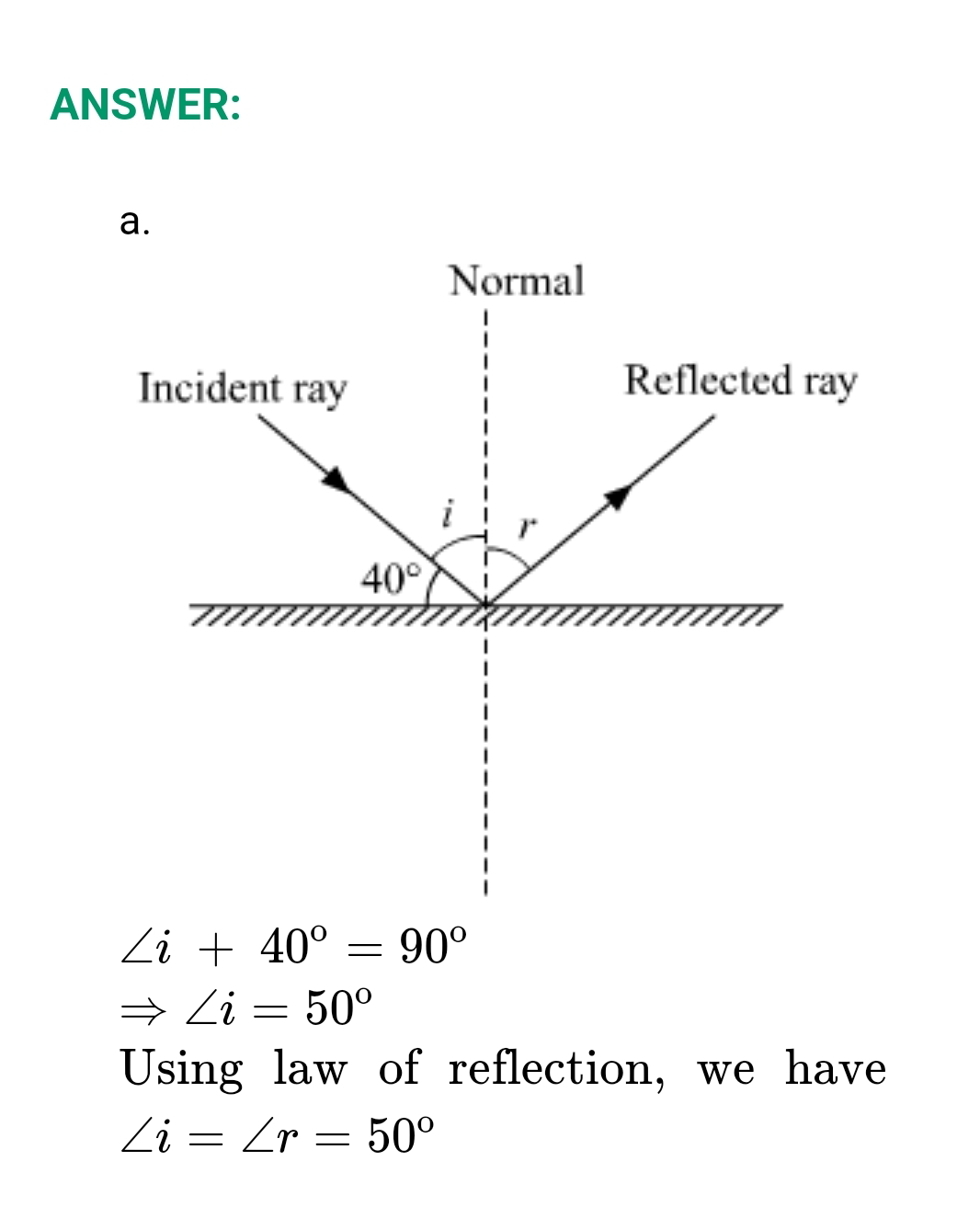Question 1:
Write the appropriate term in the blanks .
(a) The alloys called.......... and .............. are used for making industrial magnets.
(b) A magnetic field can pass through ............ and ............... .
(c) The intensity of a magnetic field is indicated by the lines of ................ .
(d) The real test of a magnet is .............. .
ANSWER:
(a) The alloys called alnico and nipermag are used for making industrial magnets.
(b) A magnetic field can pass through cardboard and water.
(c) The intensity of a magnetic field is indicated by the lines of magnetic force passing perpendicularly through a unit area.
(d) The real test of a magnet is repulsion.
Page No 130:
Question 2:
With whom should I pair up?
Group 'A' Group 'B'
(a) Compass 1. The highest magnetic force
(b) Door of a cupboard 2. Like poles
(c) Repulsion 3. A magnet
(d) Magnetic pole 4. A magnetic needle
ANSWER:
| Group 'A' | Group 'B' |
| (a) Compass | 4. A magnetic needle |
| (b) Door of a cupboard | 3. A magnet |
| (c) Repulsion | 2. Like poles |
| (d) Magnetic pole | 1. The highest magnetic force |
Page No 130:
Question 3:
Write answers to the following questions:
(a) Distinguish between the two methods of making artificial magnets.
(b) Which substances are used for making electromagnets?
(c) Write a note on 'magnetic field'.
(d) Why is a magnetic needle used in a compass?
(e) Explain with the help of a diagram how the intensity and direction of the magnetic field of a bar magnet can be determined.
ANSWER:
(a) The two methods of making artificial magnets are:
| Single Touch Method | Double Touch Method |
| The magnetic strength of the magnet created using this method is low. | The magnetic strength of the magnet created using this method is high as compared to single touch method. |
| The magnetism of the magnet created using this method lasts for a shorter time. | The magnetism of the magnet created using this method lasts for a longer time as compared to single touch method. |
(b) To make an electromagnet we require the following things:
- A long conducting copper wire
- An iron nail on which the copper wire has to be wound
- A switch
- A battery
- Magnetic field lines emanate from the North Pole and terminate at the South Pole of a magnet (outside the magnet).
- The degree of closeness of magnetic field lines represents the relative strength of the magnet.
- No two field lines can intersect each other.
(d) The Earth behaves as a magnet with its magnetic South-Pole coinciding with the geographic North-Pole and magnetic North-Pole coinciding with the geographic South-Pole. Thus, in a compass, a magnetic needle is used to show the geographic north direction by aligning itself in the direction magnetic South-Pole of the Earth.
(e) Take a drawing cardboard and sprinkle some iron filings on it. Notice the position of the iron filings as a whole. Now, take a bar magnet and slowly bring it below the cardboard. You will observe that the iron filings tend to attract towards the magnet as shown below.
To find the direction of the magnetic field around a bar magnet, place a magnetic compass with its South-Pole near one of the poles of the bar magnet. Locate and the point where the North-pole of the needle points. Now, lift the needle and place its South-Pole on the marked point. Now, again see where it North-Pole points. Repeat this process and you will get the direction of the magnetic field as shown below.
To find the intensity of magnetic field around a region of a bar magnet, we need to calculate the number of lines crossing through unit area of that region. For example, if we have to calculate the intensity of magnetic field at points A and B, then draw unit areas around A and B first and then calculate the number of lines passing through that area. By doing so, we see that intensity of field at A is greater than that at B.
Page No 130:
Question 4:
Give detailed information about how the merchants of olden times used a magnet while travelling.
ANSWER:
In the past, it was known that a piece of magnetite (stones having magnetic properties), when hung freely, points in the North-South direction. Thus, these stones were used by merchants of olden times to find the direction while travelling through unknown regions. These stones are also called loadstones (leading stones).






.png)





.png)






